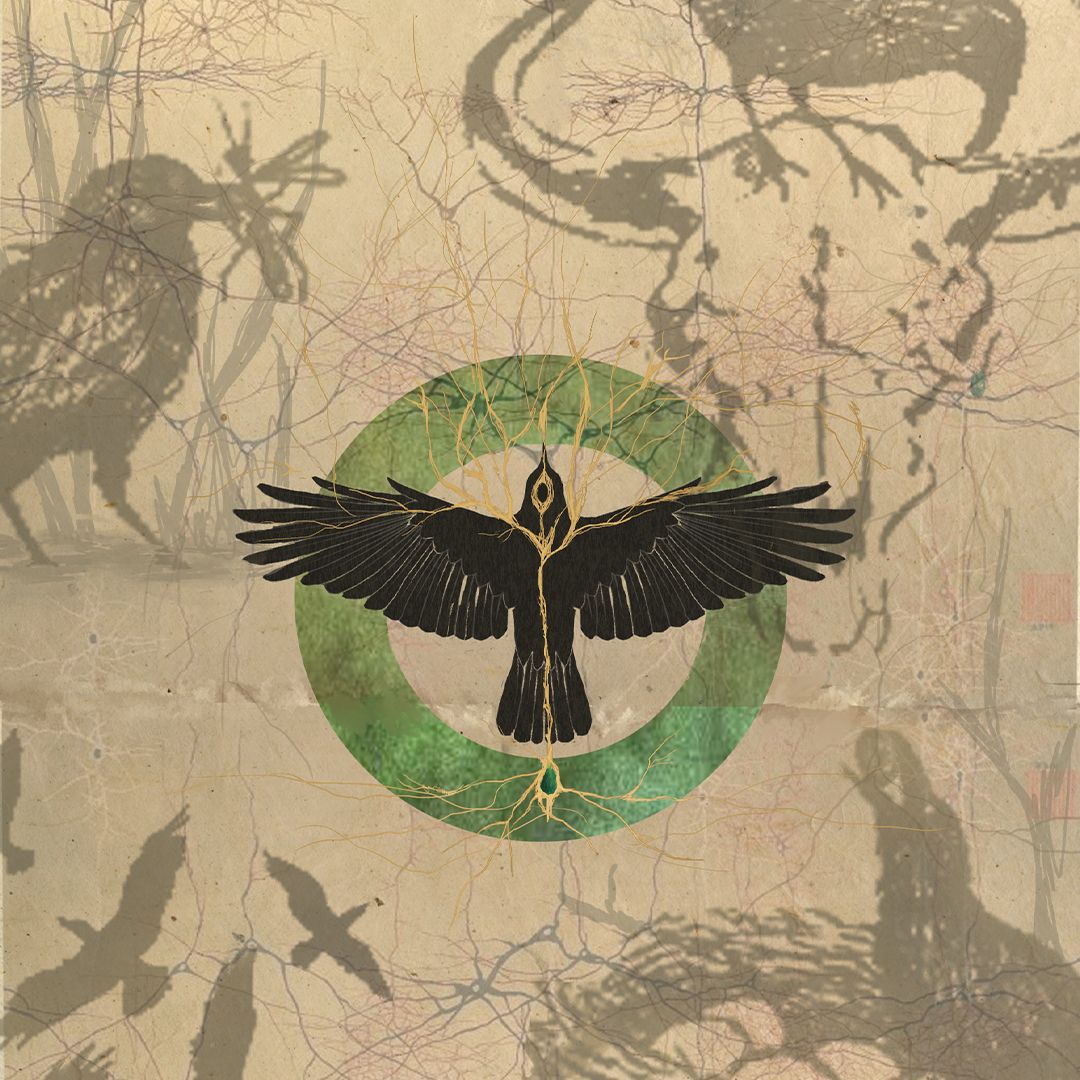
Crow Conservation
Presented by Artist, Mrinmayi Dalvi
“For months during the covid-19 lockdown, I enjoyed daily visits from a pair of crows that had come to recognize me. Crows had always been everywhere around me, yet in my world of working for endangered species, I had overlooked these noisy neighbors that now fascinated me - and helped me feel connected to nature. However, when I lost multiple clutches of Red-whiskered bulbul nestlings and eggs to the same pair of crows, I resented them. Even so, their comic antics and intelligent actions made me want to dive deeper into their world. This duality is repeated in the ways we characterize them culturally and ecologically.” - Mrinmayi Dalvi
WHY ARE CROWS IMPORTANT?
There are approximately 40 species in the crow family - most of them thriving even in ever-changing habitats. Interestingly, on one hand, crows and ravens are among the most featured characters in myths, legends, and fantastical literature across time and cultures, and yet we rarely notice their presence in our environment.
Throughout the process of urbanization, crows have been an extremely important part of the ecosystem, playing a role in preventing agricultural damage as pest eaters and in providing hygiene services as scavengers. Although vultures are dominant scavengers, interactions between corvids and vultures have helped maintain key ecosystem functions related to carcass consumption. Corvids detect carcasses earlier, increasing detectability for vultures and facilitating access to carrion for both species. With vulture populations greatly affected by human interference, corvids may provide similar ecosystem services in their absence. Crows are highly adaptable and thrive in fast-changing, degraded habitats, unlike vultures.
The intelligence of crows is unquestionable and is now ranked near primates in terms of their cognitive abilities. Several studies are dedicated to understanding how their brains work. They have also been found to make tools through possibly a "cumulative tool-making culture", where instead of just mimicking the actions of humans, it is theorized that they could be passing down and building upon information through generations. Brain imaging studies have also shown that crows use sophisticated visual sensory systems to recognize faces and integrate visual information with emotion to modulate behavioral responses, similar to humans.
Ravens and crows have complex social structures, where individuals establish dominance in relationships and show individual recognition. Crows are also possibly known to be capable of feeling empathy shown in their "funerals". Upon the death of a crow, they have also been observed to study the individual, potentially looking for the cause of death, and for perceived risks.
WHAT ARE THE CHALLENGES FACING CROWS?
There are a few crow species that are endangered, like the Hawaiian crow and the Mariana crow, yet most crow species have adapted to urban environments and are thriving around the world. Feeding and handling of crows and improper waste management can have negative consequences on the ecosystem.
Crows and ravens are opportunistic feeders and regularly predate on eggs and nestlings of other birds as a part of their usual diet, and a consequence of the increase in the crow population is that there has been a decrease in several other species of birds which are already affected by anthropogenic pressures. In a study based in California, Corvids have been documented preying on the nests or young of several threatened or endangered species. Similar situations are found in multiple countries across the world in the context of predation by crows, and as a result, several countries are now considering and enforcing the culling of invasive crows as a conservation measure to lessen their impact on endangered and threatened species.
The rise in crow populations in many parts of the world also has the potential to lead to more human-wildlife conflicts. In cities and densely populated areas, several corvid species are considered nuisance animals and are regarded as pests by the general public. Improper waste management also encourages these birds to feed on human waste and thus spread trash. Studies also refer to waste disposal sites as ‘All-You-Can Eat Buffets’ for Crows and other animals, causing even more increase in opportunities for conflict.
Crows are known to cause damage to crops and infrastructure, as well as create noise and mess in urban areas. In addition, they are often seen as a nuisance and can generate negative attitudes towards wildlife. Culling and nest destruction can reduce conflicts, but these methods can be controversial. An example of this was seen in an online survey in Slovenia, where about one-third of the surveyors were willing to participate in crow population control measures, yet another one-third opposed it. Therefore education, awareness, and managing resources were identified to be the better options for conflict management.
WHAT CAN WE DO TO HELP?
Study Crows
Find out more about the crow species in your area, if they are invasive or indigenous, how they might be affecting the local wildlife, and what you can do to support conservation of local wildlife species.
To avoid negative or biased perceptions about corvids, seek scientific-based information and raise awareness. Wildlife biologist, Dr. Kaeli Swift, is an excellent resource on corvids with her blog, publications, and social media accounts dedicated to all things corvid.
Like humans, crows find city life stressful and unhealthy. By studying well-adapted urban creatures such as crows, we can learn better urban planning, and build healthier cities. Crows have been found to be highly sensitive to changes in their environment, including changes in temperature, weather patterns, and the presence of predators. Overall, scientific evidence suggests that crows are highly attuned to their environment and are able to detect and respond to threats in a variety of ways.
Another article by biologist Rob Dunn suggests that we need to study more about why intelligent birds such as crows thrive in changing environments and argues we need the same skills to survive climate change.
While most crow species do not need conservation measures, monitoring their populations can be indicative of ecological health, especially in urban ecology. For example, Crows can be considered indicator species in the context of the spread of the West Nile virus, and studying them can provide valuable information, as they are highly susceptible to the virus and can provide an early warning of its presence in an area. Additionally, studying the immune response of crows to the virus can provide insights into developing vaccines and treatments. This can help to develop more effective strategies for controlling the spread of the virus and reducing its impact on human and animal populations.
Celebrate Crows
A number of cultures already celebrate these creatures in their traditions, and getting to know more about these practices can give amazing insights into cultures, and how humans and crows have co-evolved to form such relationships.
Due to their accessibility and intelligence, crows can be great instruments in developing ecological consciousness in people. Children and adults alike can develop a sense of curiosity and appreciation, and get an insight into the complex lives of creatures around us. Including crows in school projects, and creating artwork and stories around them can be wonderful opportunities for building sensitivity and love for these creatures.
Research shows that outdoor experiences and interactions with the natural world have the greatest impact on creating ecological sensitivity in people, and a balance of awareness and appreciation regarding the environment is ideal. In the context of crows, an interesting example of dealing with crow menace was seen in Pennsylvania, where the residents were made to be more aware of crow ecology, and were able to get the nuisance causing flocks to move into greener, more bird-friendly patches on the outskirts of town, turning their frustration into a celebration.
Protect Crows
Crows are extremely fascinating creatures, yet it is of utmost importance that our love for them, and consequently our actions, do not negatively impact crows and our environment and that we do not unintentionally contribute towards environmental disruption. In order to avoid extreme measures such as the culling of crows, it is essential that we take actions intended towards maintaining an ecological balance.
Planting native and endemic plants and conserving green spaces in urban areas can support indigenous habitats and species, maintain ecological balance, and limit crow-human conflicts by providing larger green spaces.
Avoid feeding crows, particularly if they are an invasive species in your area. Feeding them can lead to negative consequences such as dependency on human-provided food, health risks, disruption of the natural food chain, increased potential for conflict, and environmental pollution if the food is not disposed of properly.
Be mindful about littering and enforce proper waste management: Waste disposal sites are great attractors of animals that are considered to be 'pests'. Animals such as pigs, stray dogs, and crows are often seen to thrive on poorly managed waste disposal sites. These sites support increasing populations of these species, causing ecological imbalances, as well as increasing incidences of human-animal conflict.
Text and Artworks by Mrinmayi Dalvi


